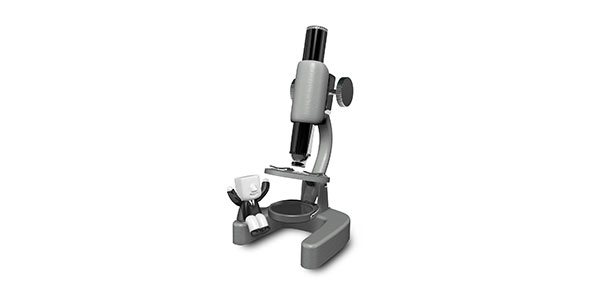Related Flashcards
Related Topics
Cards In This Set
| Front | Back |
|
Basic
approach-research
that investigates fundamental aspects of behavior (phenomena)
Example: How much
information can we store in short term memory?
Applied
Approach- research
that investigates solutions to real world problems. Example:
What type of ATM is the easiest to use?
|
|
The
4 facets of the scientific method are...
|
Empiricism:
states that new knowledge is gained from observations
Determinism:
states that phenomena in the world (and human behaviors) occur
naturally and have identifiable causes.
Parsimony:
states that the simplest explanation of a phenomena is most likely to
be correct.
Testability:
states that explanations of phenomena should be falsified if they
are
incorrect.
|
|
Theory-driven-
rely on deductive
reasoning, using general information to make a specific prediction.
Hypothesis for a study that is based on a theory about the behavior
of interest.
Data-driven-
rely on inductive reasoning, using specific information to make a
more general prediction. A researcher makes a hypothesis for a study
based on results that were reported on previous studies.
|
|
Descriptive
research: a research
question that asks whether a specific behavior occurs, how frequently
it is exhibited or if there is a relationship between the two.
Example: Are college
student anxious? How does anxiety manifest itself in college
students?
Causal
research: a research
question that asks what causes specific behaviors to occur? Many
causal research questions are designed to test a theory about a cause
of behavior or to compare the theories. Example:
What types of events cause college student to become anxious?
|
|
Experiment:
it is a type pf
research design that involves manipulation of an independent
variable, allowing control of extraneous variables that could effect
the results.
Quasi-experiment:
it is a type of
research design where comparison is made, just as in an experiment,
but without the random assignment of participants to groups.
|
|
Systematic
observation is likely to increase the internal validity because there
is a high degree of of control
that can be exerted on the measurements of behavior observed. This
control eliminates influences
on the behaviors that are not the focus of the study, that is why the
studies are usually done in laboratory
settings on a computer.
|
|
Naturalistic
observation technique is like to increase the external validity
because the behavior is more realistic than with other techniques.
The behavior exhibited is natural and and in it's natural setting,
more true to life.
|
|
The
aspect of the experiment would be the manipulation of the
independent variable(s).The independent variable is the factor the
researcher thinks may affect the observed behavior.
|
|
Testing
effects: when there
are multiple testing sessions and the first test will effect the
subsequent sessions. Example:
accumulated knowledge of the task
Regression
towards the mean: when
extreme scores are unlike to recur. Example:
when a person scores really high on their first test but then scores
average on the next test.
Hawthorne
Effect: studying
participants can change their behavior. Example:
workers' productivity improves when they know that they are being
studied.
|
|
-The
participants must provide informed consent.
-The
incentives for participants must be reasonable so not to be
coercive.
-The
participants must take reasonable measures to reduce harm, including
termination of the study if necessary.
|
|
-The
research must involve trained personnel
-The
researcher must minimize discomfort to the animal
-Researchers
must report data accurately and correct errors if they are
discovered.
|
|
The
IRB is a committee of knowledgeable individuals who oversee the
ethics of research with human participants conducted at an
institution. They make sure that the guidelines are adhered to , they
review all research proposed and make sure they are ethical and
approve accordingly.
|
|
It
is claiming someone's work or ideas as your own.
|








